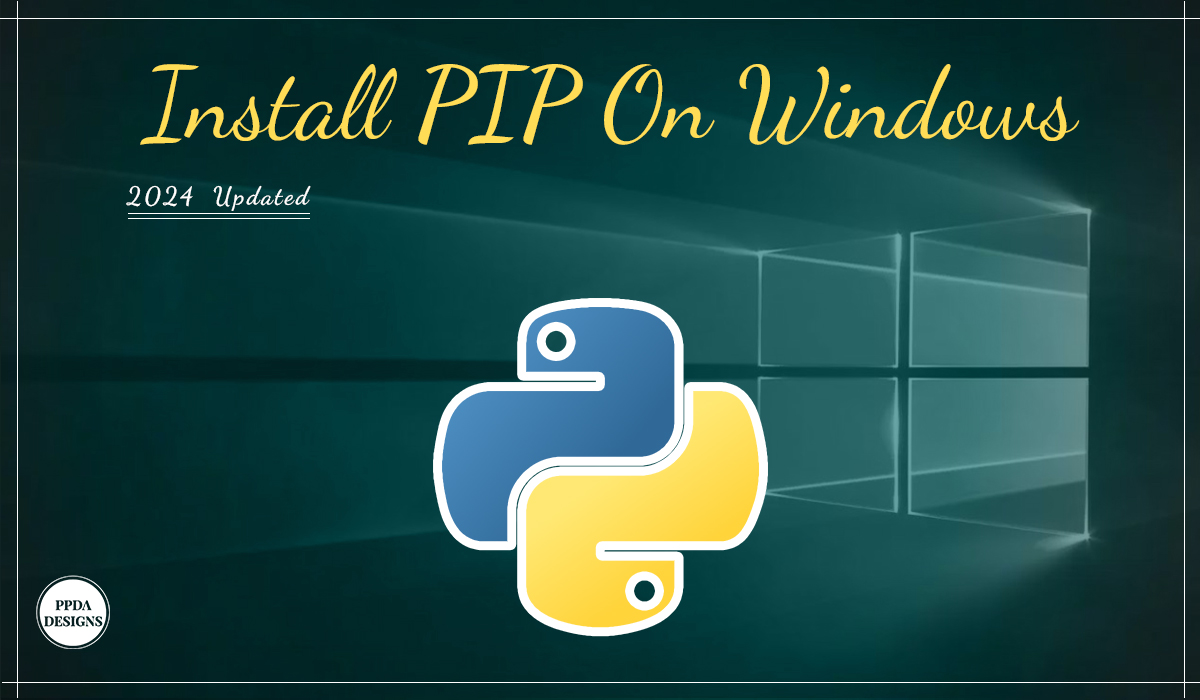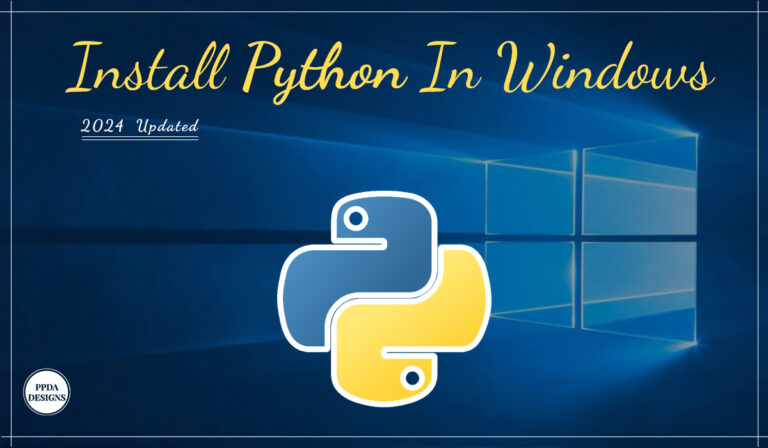Python PIP (Python Package Index) is a powerful tool that simplifies the process of managing software packages written in Python. Whether you’re a seasoned developer or just starting your journey with Python, having PIP installed on your Windows system is essential for efficiently installing, upgrading, and managing Python packages. In this step-by-step guide, we’ll walk you through the process to install PIP on Windows, ensuring you have the necessary tools at your fingertips to have the full control of Python’s vast ecosystem.
Why Install PIP on Windows?
Before diving into the installation process, let’s briefly discuss why having Python PIP installed on your Windows system is crucial. PIP serves as a package manager for Python, allowing you to easily install and manage libraries, frameworks, and other dependencies for your Python projects. With PIP, you can effortlessly install packages from the Python Package Index (PyPI) or directly from other sources, making it an indispensable tool for Python developers looking to streamline their workflow.
Step 1: Check Python Installation
Before installing PIP, ensure that you have Python installed on your Windows system. You can check if Python is installed by opening a command prompt and typing:
python --version
If Python is installed, you’ll see the version number displayed. If not, head over to this article (https://ppdadesigns.com/how-to-install-python-easily-in-windows/) to download and install the latest version of Python for Windows.
Step 2: Download PIP Installation Script
Once Python is installed, the next step is to download the PIP installation script. Open your web browser and navigate to the official Python website’s get-pip.py page (https://bootstrap.pypa.io/get-pip.py). Right-click on the page and select “Save As” to download the script to your computer.
Step 3: Run the PIP Installation Script
After downloading the get-pip.py script, open a command prompt and navigate to the directory where the script is saved. You can use the cd command to change directories. Once you’re in the correct directory, run the following command to execute the PIP installation script:
python get-pip.py
This command will initiate the installation process for PIP on your Windows system. Follow the on-screen prompts to complete the installation.
Step 4: Verify PIP Installation
Once the installation process is complete, you can verify that PIP has been successfully installed by typing the following command in the command prompt:
pip --version
If PIP has been installed correctly, you’ll see the version number displayed, indicating that PIP is now ready to use on your Windows system.
Step 5: Start Using PIP
With PIP installed, you’re now ready to start installing Python packages and managing dependencies for your projects. You can use PIP to install packages from PyPI by running commands such as:
pip install package-name
Replace “package-name” with the name of the package you want to install. Additionally, you can use PIP to uninstall packages, upgrade packages to their latest versions, and much more, helping you effectively manage your Python environment on Windows.
Conclusion
In conclusion, installing Python PIP on Windows is a straightforward process that empowers Python developers to efficiently manage software packages and dependencies for their projects. Now that we have PIP properly installed on Windows, we can begin using it to manage Python libraries. Let’s start with running pip help in the command line and exploring the available commands and options for this program. If further you want to learn how to install python packages then head out to this (https://packaging.python.org/en/latest/tutorials/installing-packages/).




Easy to follow guide, Thanks!